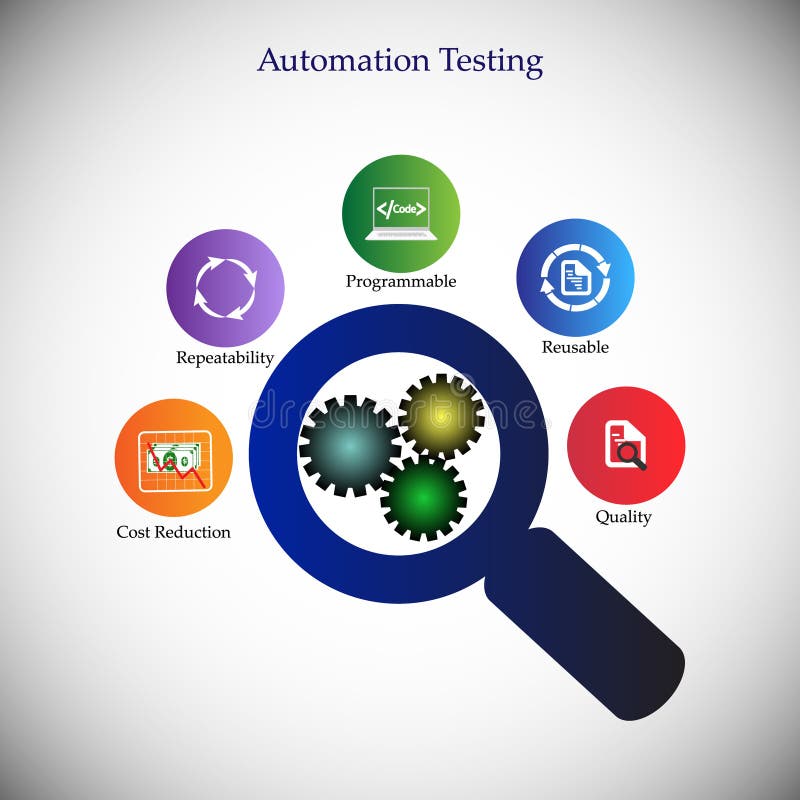Codeless automation identifies a type of check automation where testers or non-developers may create automated testing without writing program code. The goal is definitely to simplify the automation process, so that it is accessible to persons who may not really have a strong programming background. Codeless automation tools provide graphical user terme (GUIs) and user-friendly features that let users to style and design, build, and execute automated tests through visual elements and predefined actions. Right here are key elements related to codeless automation:
Graphical User Interface (GUI):
Codeless automation tools typically offer an user friendly GUI that allows customers to create and even manage test cases using drag-and-drop functionality and visual diagrams.
Predefined Actions:
As opposed to writing lines of code, users could leverage predefined actions or commands given by the automation device. These actions can include clicking buttons, stuffing forms, verifying components, and navigating with the application.
Record plus Playback:
Some codeless automation tools give you a record-and-playback feature exactly where users can connect to the application, plus the tool data those interactions since automated test ways. The recorded actions can then become played back to be able to repeat the test.
codeless automation testing tool -Driven Testing:
Codeless automation tools often assist data-driven testing, letting users to type different sets associated with data for their particular tests without publishing code.
Reusable Parts:
Users can generate reusable components or even modules that encapsulate a series associated with actions, making that easier to keep boost tests.
Cross-Browser and Cross-Platform Screening:
Many codeless automation tools support tests across various browsers and platforms without having requiring users to write platform-specific or browser-specific code.
Cooperation and Integration:
Codeless automation tools may well provide collaboration features, allowing teams to operate together on test out automation projects. They may also integrate to tools in typically the software development and even testing ecosystem.
Visual Validation:
Some codeless automation tools incorporate visual validation functions to compare screenshots and even detect visual differences between expected in addition to actual results.
Low-Code Platforms:
Codeless robotisation is usually associated with the broader concept of low-code platforms, in which applications are produced with minimal hand-coding, using visual growth tools.

Simplified Upkeep:
Codeless automation resources aim to make simpler test maintenance by providing features of which make it less difficult to update checks when the program undergoes changes.
Although codeless automation offers advantages in conditions of accessibility and ease of work with, it could have limits in handling complex scenarios or specific technical requirements. In some cases, organizations may use a new combination of codeless and code-based motorisation to address various aspects with their testing needs. Ultimately, typically the choice between codeless and code-based robotisation depends on the particular specific requirements regarding the testing project and the skill set of the tests team.
